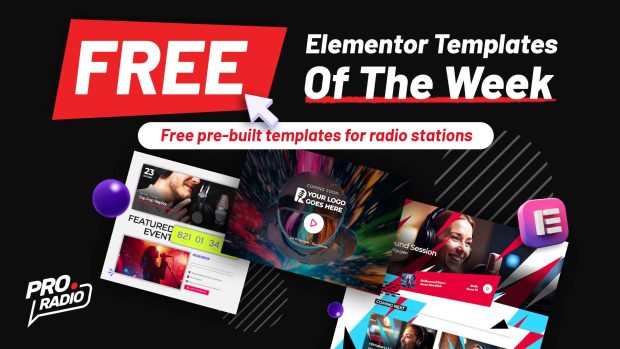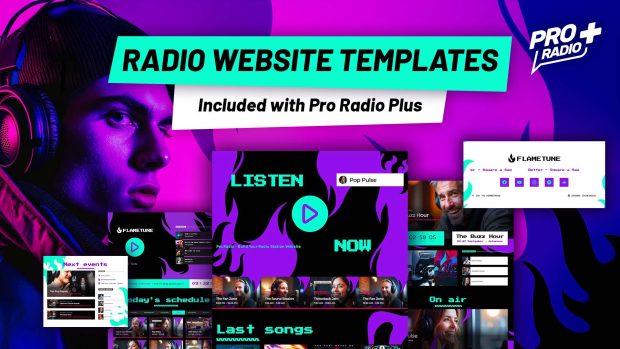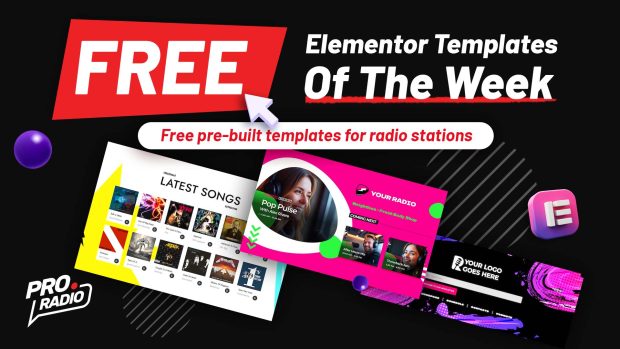
- arrow_back Home
- keyboard_arrow_right The Art Of Broadcasting
Chapter 3: Designing a Schedule That Sounds Good and Makes Sense
The Art Of Broadcasting 23 393 Pro Radio WordPress Theme May 14, 2025
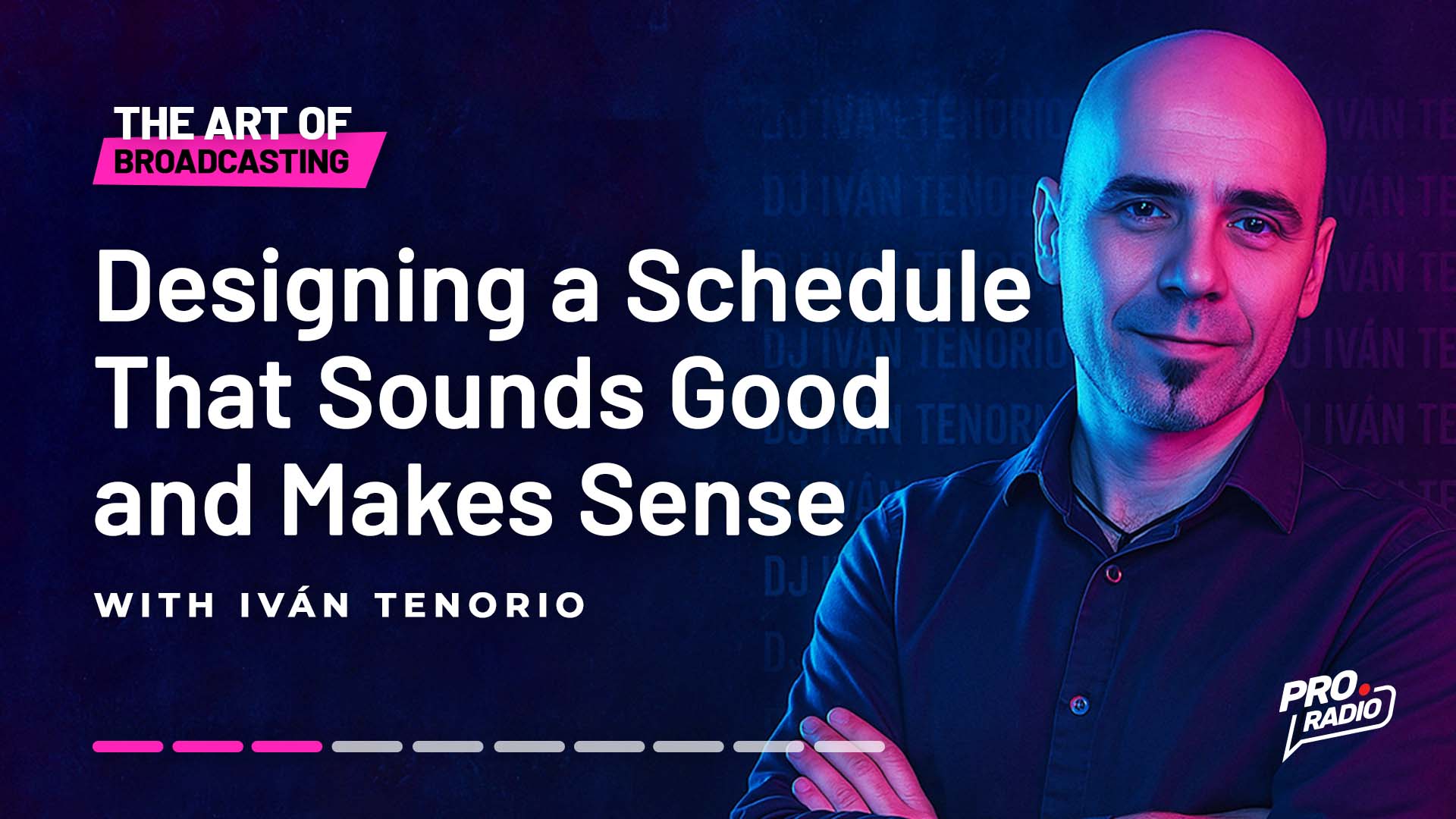
Structure, Rhythm and Coherence for a 24/7 Station That Doesn’t Bore or Repeat
Sneak peek of this post:
Get next updates in your inbox!
A radio station is not just what it plays. It’s how it sounds over time.
And that depends on a key word often forgotten: structure.
A well-designed schedule goes unnoticed, but it’s felt. It makes the listener stay a bit longer. Come back tomorrow. Feel like they’re listening to something alive, that breathes, that moves with purpose.
Without structure, everything sounds the same. Or worse: it sounds aimless.
- 1. Structure, Rhythm and Coherence for a 24/7 Station That Doesn’t Bore or Repeat
- 2. Get next updates in your inbox!
- 3. What Exactly Is a Programming Grid?
- 4. What Should a Well-Thought-Out Grid Include?
- 5. How to Build a Grid from Scratch
- 6. Lesson Learned
- 7. Practical Exercise: Design Your First Grid
- 8. AI Hack: Design a Grid Adapted to Your Style
- 9. Bonus: A Well-Made Music Radio Formula (and a Free Tool to Design It)
- 10. Listening to the Listener (Before Broadcasting a Single Note)
- 11. The Paradigm Shift
- 12. What Do We Do With This Information?
- 13. ✍️ Practical Exercise: Create Your Ideal Listener
- 14. AI Hack: Create Your Ideal Listener with AI
- 15. Receive the next chapters!
What Exactly Is a Programming Grid?
The programming grid is the backbone of your station. It defines what plays, when, and how. It provides order, meaning, and rhythm. It’s what turns a collection of content into a listening experience.
It doesn’t have to be rigid, but it must have coherence and continuity.
A grid is not just a timetable. It’s a tool for sound design — a way to shape what the listener perceives without them even realizing it.
What Should a Well-Thought-Out Grid Include?
Here are the essential elements:
- Rhythm
Radio needs variation. Energetic moments, calm pauses. Properly measured variety generates sustained attention. - ⏱️ Smart Repetition
Repetition builds identity (jingles, themes, recurring segments), but it must be used wisely. Too much repetition becomes tiring. Well-managed, it builds loyalty. - Adaptation to the Time of Day
Each time slot has a different mood. A song or segment doesn’t feel the same in the morning as it does at midnight. Designing for each time of day is key. - Stylish Automation
Automation is not just hitting play on a playlist. It’s programming with intent: mixing blocks, inserting promos, alternating voiceovers and silences. Automation can be artisanal. - Human Voice
A station without a voice loses its soul. You don’t have to speak every five minutes, but an occasional voice helps situate, connect, accompany. Even just saying “You’re listening to…” leaves a mark.
How to Build a Grid from Scratch
Start big: the skeleton of the day. Divide the 24 hours into natural blocks: morning, midday, afternoon, night, early morning. Define the sonic character of each block. What energy will it have? What role does it serve?
Then assign potential content: what fits best in each block?
Example of a Basic Grid (for a Station with Mixed Content)
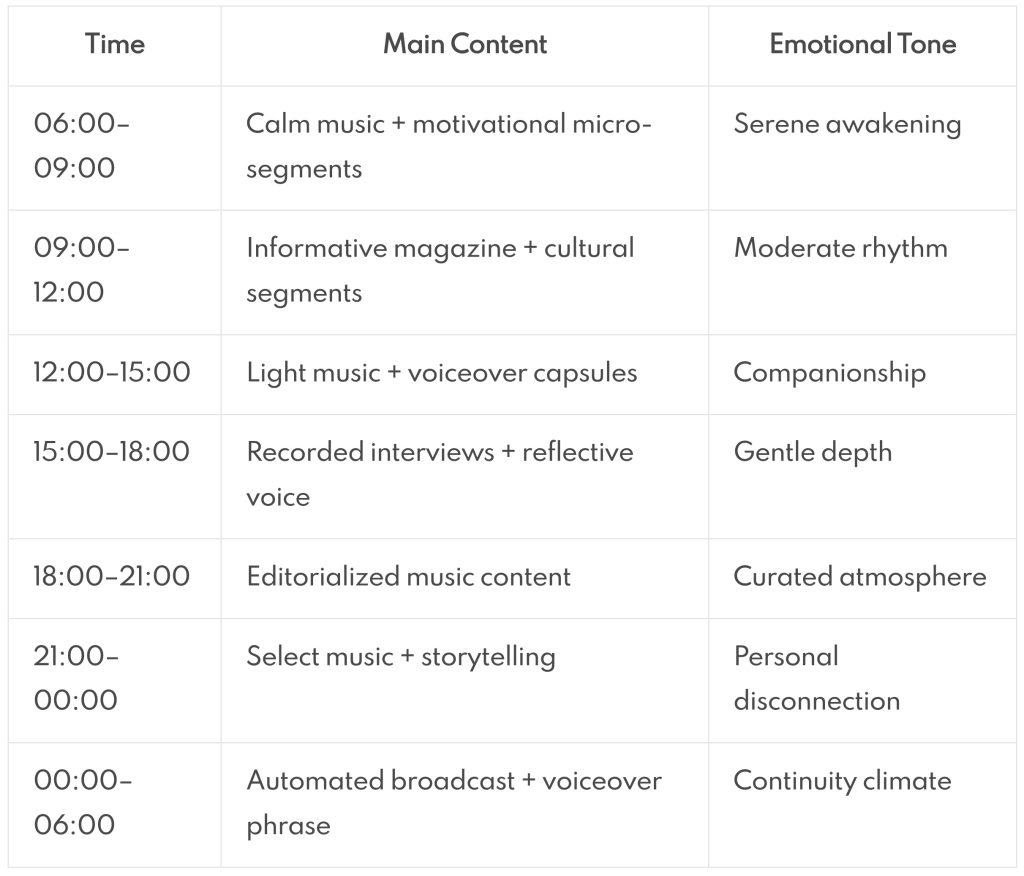
What If I Don’t Have Much Original Content?
Then design with intelligence and recycling. A single block can air three times a day if it’s well placed, well linked, and well wrapped.
Play with context: a night-time interview feels more intimate. A morning music session may feel more motivating.
The environment transforms the content.
Lesson Learned
A well-designed grid turns a broadcast into a medium with presence.
It’s not about broadcasting a lot — it’s about broadcasting with meaning.
Listeners don’t stay because of how much you broadcast, but because of how they perceive it.
Practical Exercise: Design Your First Grid
You don’t need a week. Just paper, a pen, and some good judgment. Do this:
- Divide the day into 4, 6 or 8 blocks.
- Assign each block a “mood” or function (awakening, company, disconnection…)
- Assign types of content to each block (music, voice, recorded segments…)
- Mark key moments where your voice or sonic identity will appear.
- Adjust what you already have and what you can prepare.
That map is your starting point to create a station that flows with logic and emotion.
AI Hack: Design a Grid Adapted to Your Style
Practical prompt for ChatGPT:
“I’m creating an online station with a [cultural/musical/reflexive…] focus. Help me design a daily grid divided by time slots, taking into account the emotional tone of the day, the available types of content, and the possibility of automating some blocks. Propose a flexible structure that doesn’t sound repetitive.”
In seconds you’ll have an editable base with ideas for blocks, times, and combinations. You can ask for variants for weekends, holidays, thematic nights, etc.
Bonus: A Well-Made Music Radio Formula (and a Free Tool to Design It)
If music is your thing —and you don’t want to complicate things with talk blocks, interviews or live shows—, the music radio formula may be your ally.
A good music formula has several advantages:
- It resonates with segmented audiences. Choose a clear style (80s pop, national indie, elegant urban music…), and you’ll connect with specific audiences.
- It can be automated without losing impact. Specialized software lets you broadcast 24/7 with well-designed blocks.
- It quickly builds a sonic brand. Jingles, themes, sweepers, promos… create a recognizable and almost addictive environment.
- It’s easy to professionalize. Even without live voices, you can build a strong musical and commercial identity.
Here’s a free gem:
ClockWheel – https://riograndemud.com/clockwheel/
It’s 100% free software that lets you design a complete music formula, with track rotation, blocks, IDs, jingles, and time-based structures.
It’s not visually impressive, but it’s a powerful, stable tool used by many stations as an alternative to much more expensive professional software.
Perfect for anyone wanting to broadcast music 24/7 with balance, rotation and good taste.
Listening to the Listener (Before Broadcasting a Single Note)
A station isn’t built outward. It’s built from the inside —toward someone.
To build well, you need to imagine, define and deeply understand your listener. Not as an abstract group (“young urban people who like electronic music”), but as a real person, with a name, a face, habits.
When you really know your listener, everything is easier: what to say, how to say it, what music to play, what to avoid, when to be silent.
Who Is Your Ideal Listener?
Let’s build a sample profile. This isn’t just for marketing or advertising departments. It’s a tool for editorial creation.
Think of them as a real character. Draw them, name them, flesh them out until you can feel what it’s like to live with that person:
- Name: Laura
- Age: 38
- City: Madrid
- Profession: Freelance designer
- Lives in: Shared apartment with another creative and a cat
- Listens to the radio: While working, cooking, and especially at night
- Platforms she uses: Spotify, Ivoox, Twitch to relax, Instagram for inspiration
- Loves: Good design, atmospheric music, non-shouting voices
- Can’t stand: Loud ads, forced content, fake-sounding presenters
- Wants a station to: Keep her company without annoying her, discover new things, sound good
- Would never: Send a voice message to a show
- But would: Recommend the station if it fits her lifestyle
Now ask yourself: with my current grid, would Laura listen for more than 10 minutes? Would she come back tomorrow? Would she keep it on while designing?
The Paradigm Shift
In today’s saturated world, the key is not to make the listener fall in love — it’s to not scare them away.
We’re not aiming for euphoria, but affinity. Not everything needs to be thrilling. It just shouldn’t bother them. It should fit. The biggest threat to any online station is the close tab button.
What Do We Do With This Information?
With this listener as your compass, you’ll make key decisions:
- What tone your voice should have
- How much music to play (and what kind)
- When to speak and when to stay silent
- What content fits and what doesn’t
- What the sound aesthetics will be: sweepers, themes, IDs
- How much pause, how much rhythm, how much variety
This profile becomes your editorial filter.
✍️ Practical Exercise: Create Your Ideal Listener
Take 10 to 15 minutes and build your ideal profile. “Young people between 25 and 35” is not enough. Think of someone real, concrete, recognizable:
- Name them
- Describe their age, city, environment
- Draw their daily routine
- Explain when and how they listen to the radio
- List what they like and what irritates them
- What do they expect from a station like yours?
- What would make them leave?
- What would make them stay?
This character can evolve and change. But if it’s clear, making sound decisions becomes much easier.
AI Hack: Create Your Ideal Listener with AI
Use this prompt to generate different listener profiles depending on the type of station you want to build:
“I’m designing an online station with a [describe the style: calm, urban, classic, experimental…] aesthetic. Help me create 3 listener profiles with name, age, listening habits, cultural interests, and sonic preferences. I want them to guide editorial tone and content.”
AI will give you rich characters that you can refine or merge. You can even ask afterward: “What kind of promos or jingles would work with this listener?”
And so your grid won’t just be designed to sound good — it’ll be designed not to break the emotional tone of whoever is listening.
The key today is not to impress — it’s not to annoy. Not to break the vibe. Not to miss the tone.
If you can get your listener not to close the tab, you’re halfway there.
And the other half… we’ll build it together.
Receive the next chapters!
Next week – Chapter 3: Designing a Schedule That Sounds and Makes Sense
Structure, rhythm and coherence for a 24/7 radio station that doesn’t bore or repeat itself.
Sign up for our newsletter and get the next chapters in your inbox, including free templates, exclusive news, and special discounts delivered right to your inbox!
You may also like
Start Your Internet Radio Station
Products
Radio Features
Copyright 2019-2026 ProRadio® Qantum Themes SL® All Rights Reserved






